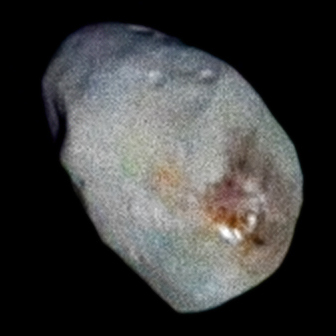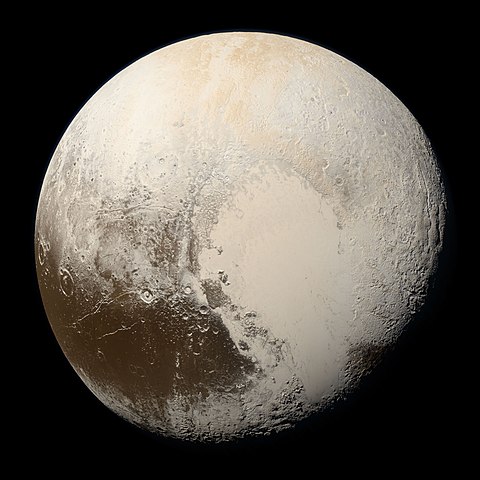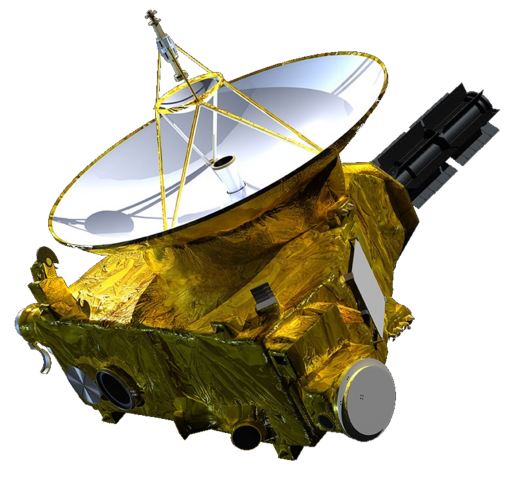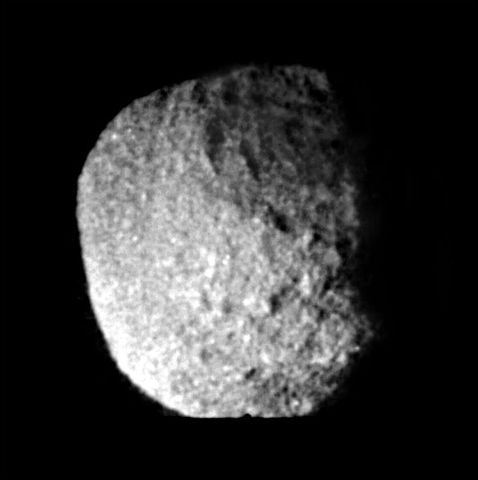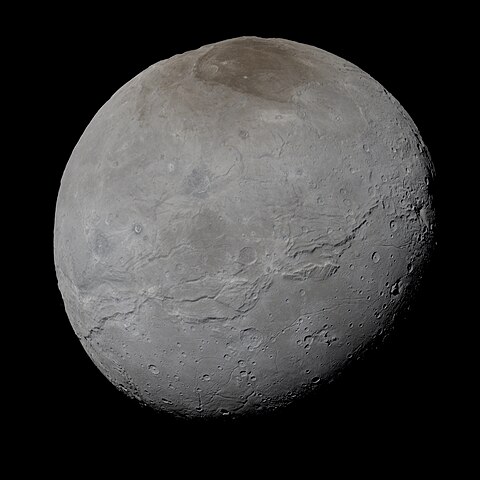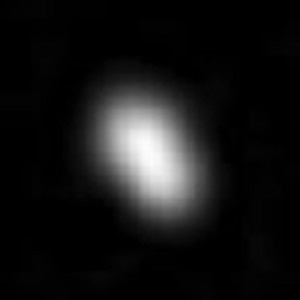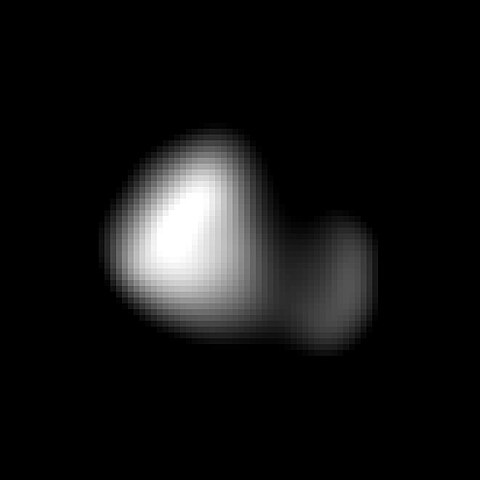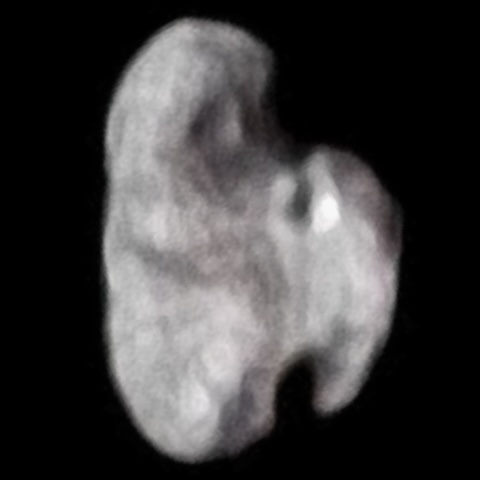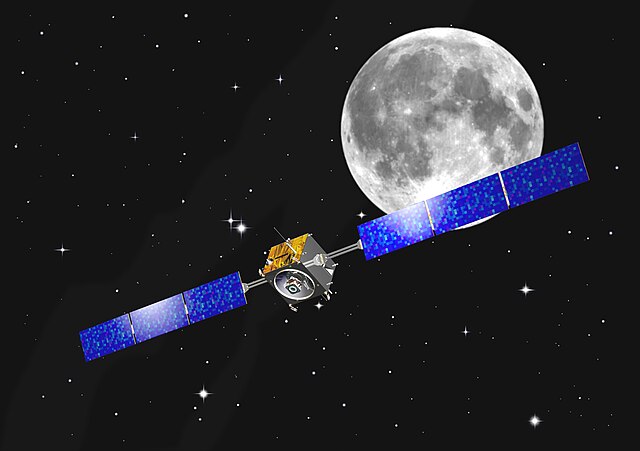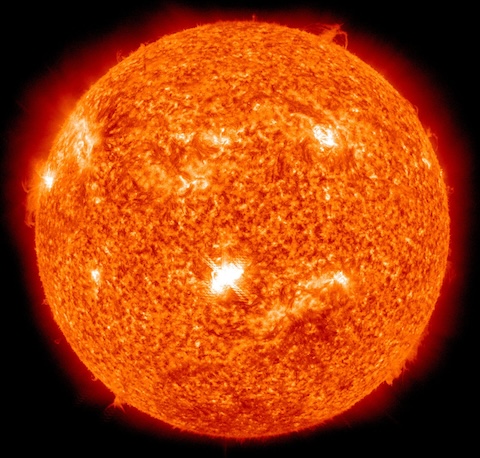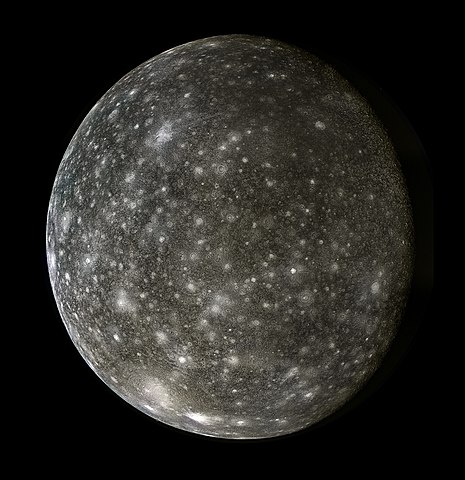1 day / second
0.5 AU
Nix
Moon of Pluto
A tiny, oblong moon discovered in 2005 that irregularly tumbles as it orbits Pluto in a chaotic pattern due to the competing gravitational effects of Pluto and its largest moon Charon.
Key Facts
learn more | Wikipedia |
mass | 2.6000e+16 kg |
radius | 17.5 km |
semi-major axis | 48,694 km |
eccentricity | 0.002 |
inclination | 0.133º |
longitude of the ascending node | 3.7º |
argument of periapsis | 221.6º |
orbital period | 26.503 days |
surface gravity | 0.001 g |
discovery date | May 15, 2005 |
discovered by | Alan Stern using the Hubble Space Telescope |
name origins | Named after Nyx, the Greek goddess of night and darkness |
albedo | 0.35 |
density | 1.37 g/cm³ |
material composition | Primarily water ice |
Parent Dwarf Planet
134340 Pluto
A frigid dwarf planet orbiting in the distant Kuiper Belt, characterized by its reddish-brown coloring, prominent heart-shaped plain, thin nitrogen atmosphere, and five moons including its largest companion Charon.
Spacecraft Visits
New Horizons
Flyby
Launched in 2006, visited in 2015
During its historic Pluto flyby in July 2015, New Horizons captured detailed images of Nix from a distance of 23,000 kilometers, revealing it to be an elongated object approximately 42 kilometers long and showing signs of a reddish surface.
